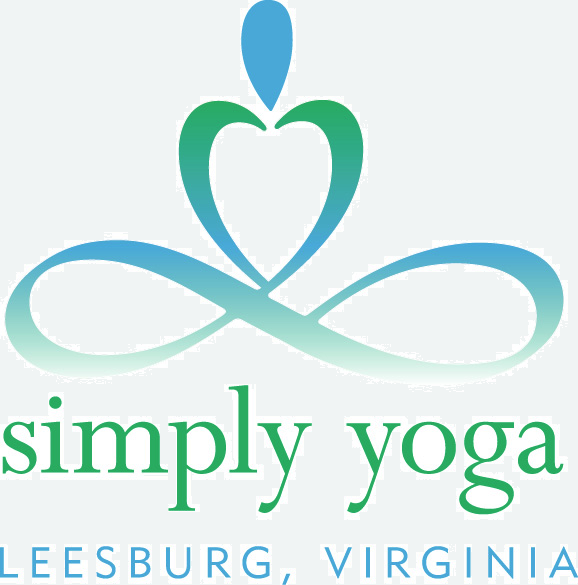About Yoga
In the Western world, although not universally true, yoga often refers to a series of postures and movements that promote flexibility in the body and calm in the mind. A yoga practice is often entered into with the expectation that a physical benefit will be achieved.
In the Eastern world, where yoga's roots reside in India, yoga is often viewed as a philosophical system—the original way yoga was presented—in which the physical postures are only one small part of a program meant more to release the mind and free the soul than to unwind the body. In addition to dos and don’ts for daily living, the philosophy of yoga includes several levels of meditation and an entirely separate practice of breathing. Thus, yoga offers many things to its practitioners beyond simply moving the body in a unique way.
Many students are intimidated by the Western concept of yoga, assuming that a student needs to already have a certain range of motion even to begin a practice—countless times I have heard the phrase: “I’m not flexible enough to do yoga.”
It is important to know that a new student can start a practice from any point. Some postures may need to be modified until a point at which a student can approach the movement without undue strain. There is a practice for everyone when students takes a broad view of yoga to include breath, meditation, and even religious devotion.
Simply Yoga’s focus is on the physical movements (asana), breath work (pranayama), meditation techniques, and a sprinkling of Ayurvedic self-care.
– Kate Donaldson
Resources
-
Yoga International (general yoga resources)
Yoga Alliance’s homepage (yoga teachers and schools)
Banyan Botanicals (Ayurvedic products and educational materials)
-
